Review
At the launch of the new Nissan Micra, executives were quizzed about the B-segment contender’s “below-par” predecessor
Laurent Marion, Nissan’s product general manager, defended the Indian-built Mk4 Micra, asserting that the “global car” had delivered 1.4 million sales, but added: “Was that car the right car for Europe? I think we have your answer, because the new car is the car that really defines that.”
Read AM's interview with Alex Smith, managing director Nissan GB
Designed in Europe and built at Renault’s factory in Flins, France, the fifth-generation Micra is destined for Europe alone.
At 78mm wider, 55mm lower and 174mm longer (3,999mm) than the outgoing model, it brings the first dose of drama and high levels of personalisation to the Micra range.
Three choices of interior, 10 paint options, four exterior trim options and an array of decals yield a possible 120 variants. A sound system, designed in partnership with Bose, features a pair of speakers in the driver’s headrest.
Guillaume Cartier, Nissan Europe’s senior vice-president of sales and marketing, believes the average age of buyers of the new car will be under 50, five to eight years younger than the average B-segment buyer.
He added: “The Micra is currently 15th among the segment’s best sellers in Europe, but we fully expect that the new car will put us back into the top 10.”
Prices start at £11,995 for the entry-level 73PS 1.0-litre Visia.
The range also includes 90PS 1.5-litre dCi turbodiesel and 90PS 0.9-litre turbocharged petrol engines and Visia+, Acenta, N-Connecta trim grades, topping out with the £18,645 dCi-engined Tekna.
The only gearbox available from launch is a five-speed manual.
Nissan launches the Micra with a £169-a-month PCP for the N-Connecta, including a free Bose upgrade (normally £500).
Performance figures for the 73PS engine have yet to be published, but the 90PS petrol unit claims fuel efficiency of 64.2mpg and 99g/km CO2 emissions. Cars without stop/start record 58.9mpg and 107g/km.
The 0.9-litre unit should reach 62mph in 12.1 seconds and a top speed of 109mph.
The 1.5 dCi unit claims 88.3mpg and 85g/km, but loses 12mpg and gains 12g/km without start/stop. It accelerates from 0-62mph in 11.9 seconds, to a top speed of 111mph, making it the fastest option.
In a move towards autonomous driving, the Micra comes with lane-keeping technology and automatic braking as standard, along with stability systems that manage brake and power delivery.
A £500 Vision+ Pack adds a 360-degree monitor, moving-object detection, rear parking sensors and blind-spot warning to the N-Connect and Tekna trims.
Hill start assist, LED running daylights and a gear shift indicator are also standard on all Micras, with the Visia+ trim adding air conditioning.
Acenta adds body-coloured trim, a seven-inch touchscreen infotainment system, cruise control and two-tone upholstery.
N-Connecta cars come with 16-inch alloys, tinted windows, automatic air-conditioning and a NissanConnect seven-inch touchscreen sat-nav infotainment system featuring Apple CarPlay, while Tekna grade adds 17-inch alloys, keyless entry and engine starting and the Bose audio system.
A freak snow storm at Nissan’s Dubrovnik launch location meant AM only drove the N-Connecta 1.5 dCi (£17,345).
A high shoulder line and broad D-pillars compromise rear visibility, the falling roofline also meaning that rear headroom is insufficient for anyone over 5ft 10in, but the driving position will comfortably accommodate a larger driver and the Micra’s 300-litre boot is class-leading, along with the overall interior quality and refinement.
Author:
Tom Sharpe
Former news and features editor (left May 2023)
Factsheet
Price £11,995 - £18,645
Engine 0.9-litre 90PS and 1-litre 75PS petrol; 90PS 1.5-litre dCi diesel
Performance 0-62mph 11.9-12.1 seconds; top speed 109-111mph
Transmission five-speed manual
Efficiency 55.4-88.3mpg, 85-115g/km CO2

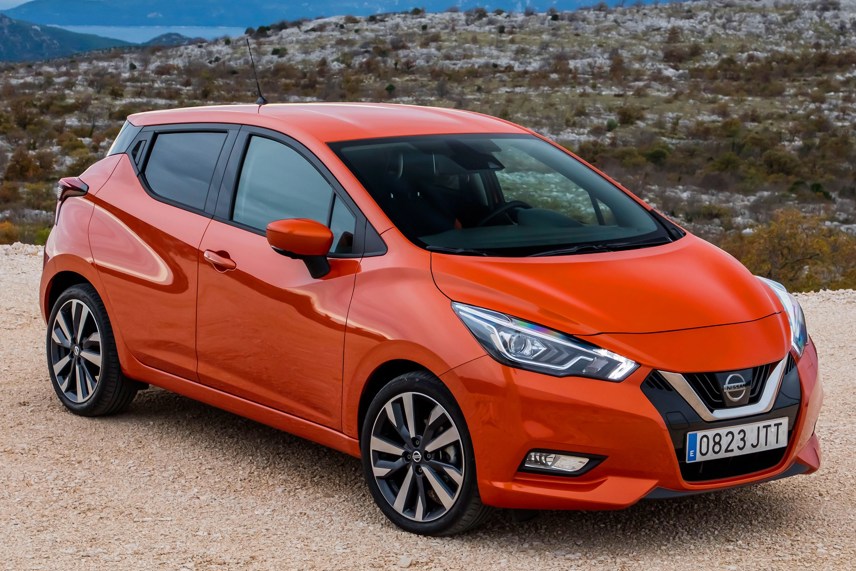
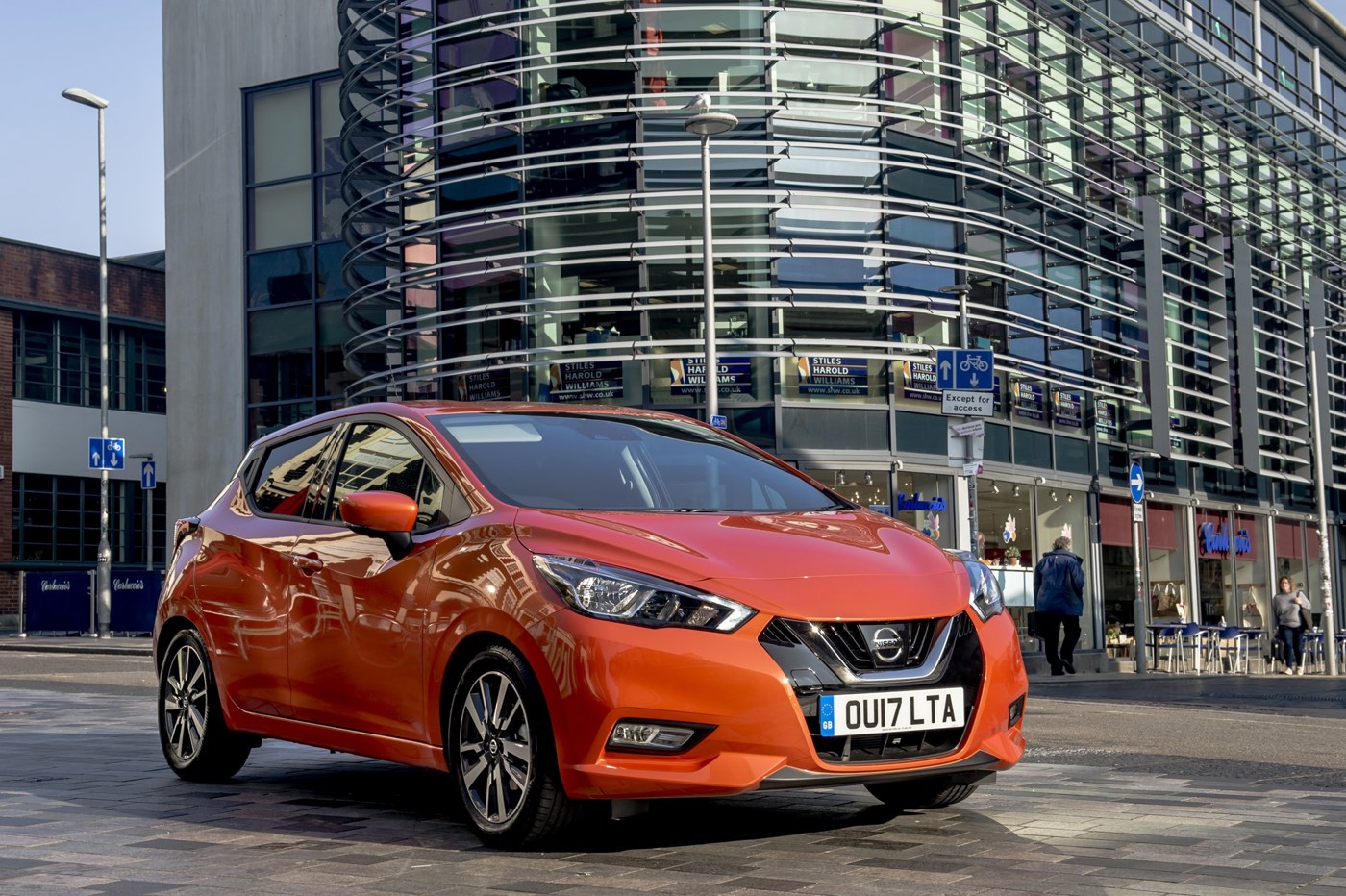

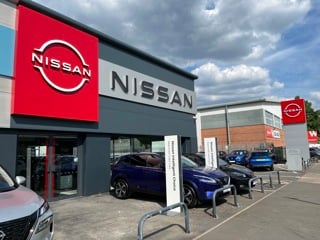
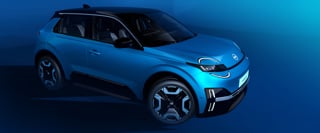




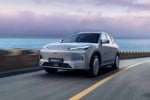









Login to comment
Comments
No comments have been made yet.